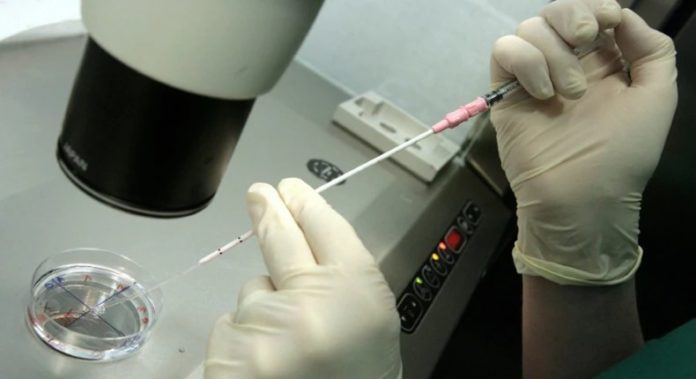
If you’ve been trying to get pregnant for years, and have been searching for solutions, you may probably have heard about in-vitro fertilization (IVF).
Yes, the process can be very intimidating, but knowing what’s involved would help lessen your anxiety.
On that note, here’s what to know before visiting your gynaecologist:
In vitro fertilization (IVF) is probably near the top of your list when it comes to common fertility treatments.
There’s a reason for that. You’ve probably heard of IVF, which involves combining egg and sperm outside of the body in a lab.
However, both before and after the procedure, there’s a lot more to IVF than that. The IVF procedure is divided into five steps.
The IVF Process in Five Steps
Boost your egg production through superovulation
According to the National Institutes of Health, you’ll be given fertility drugs to start a process known as stimulation — or superovulation (NIH).
To put it another way, the drugs, which contain Follicle Stimulating Hormone, will tell your body to produce more than one egg per month.
The more eggs you lay, the better your chances of successful fertilization later in the treatment.
During this stage of the IVF process, you’ll have regular transvaginal ultrasounds and blood tests to check on your ovaries and monitor your hormone levels.
Remove the eggs
A hormone injection will be given to you a little more than a day before your eggs are scheduled to be extracted from your body. This will help your eggs mature quickly. Then, via a minor surgical procedure known as follicular aspiration, your eggs would be removed. This procedure is usually carried out as an outpatient procedure in your doctor’s office.
Your doctor will use an ultrasound to guide a thin needle into each of your ovaries through the vaginal canal.
The needle has a device that suctions the eggs out one at a time. If this sounds painful, don’t worry; you’ll most likely be given medication beforehand to help you relax.
You may experience some cramping afterwards, but it should go away within a day, according to the National Institutes of Health.
Collect sperm from your partner or a donor
This next step is quite straightforward. You will bring your partner, or your donor, to the lab to deposit a sperm sample.
The sperm is usually washed and concentrated (placing unwashed sperm directly into the uterus can cause severe cramps).
Then sperm that are highly active, healthy, and capable of fertilizing an egg is selected.
Unite sperm and eggs
This stage, just as the name suggests, involves fertilizing the egg with sperm. It is also called Insemination.
A thin, flexible tube (catheter) is used to inject sperm into a woman’s reproductive tract during an insemination procedure.
Insemination can improve the chances of pregnancy for some couples who are struggling with infertility.
If the male partner is sterile, has a low sperm count, or is at risk of genetic disease, donor sperm is used. Donor sperm can also be used by a woman who is trying to conceive without a male partner.
Transfer the embryo(s) into your uterus
You’ll be given another medication after your eggs have been collected. This one is for preparing your uterine lining to receive the embryos that will be transferred back into you.
Your doctor will use a catheter to place the embryos in your uterus three to five days after fertilization. This part of IVF is done in your doctor’s office while you are awake, just like step three.
Multiple embryos are returned to you in the hopes that at least one will implant in the lining of your uterus and develop.
Multiple embryos can implant at the same time, which is why multiples are common in IVF patients.
Unfortunately, not everyone can benefit from IVF. Some people get pregnant the first time they try, while others need to try again a few times, and some couples are unable to conceive despite multiple attempts.
The success rate of IVF for women using their own eggs was 48 percent for women under the age of 35 and only 3 percent for women over the age of 42, according to a study.






